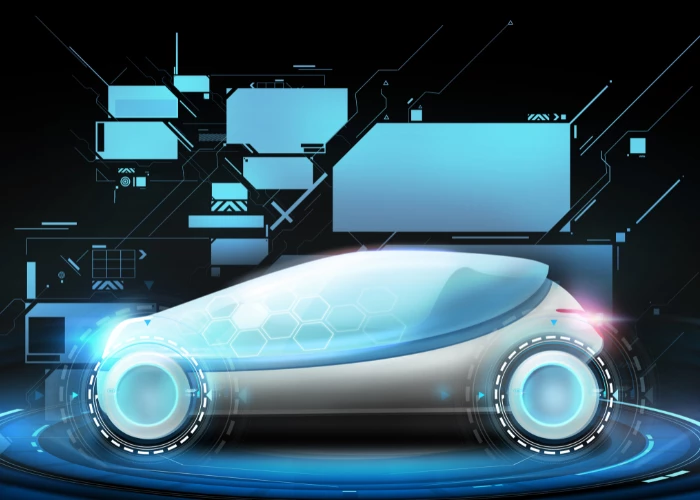How 5G Will Influence Autonomous Driving Systems
Understand the benefits and limitations of V2X technologies, 802.11p, DSRC, LTE-based V2X, and 5G New Radio in enabling ADAS and autonomous driving applications
Add bookmark
5G is set to dramatically strengthen the capabilities of self-driving vehicles. Wireless communication technologies promise to enable safer driving for autonomous vehicles, enabled by new automotive innovations. Although 802.11p DSRC is ready to be deployed now, it requires huge investments to install numerous access points along miles of roads. On the other hand, major wireless companies are diligently working to bring 5G autonomous driving technologies into real-world application with LTE technologies bridging the transition to mainstream 5G cellular vehicle-to-everything (C-V2X) adoption.
The current latency of 4G-based LTE-V2X does not meet the mission-critical vehicle-to-everything requirements but can be a stepping stone for lower-level Advanced Driver Assistance Systems (ADAS) functionality. Both DSRC and 4G C-V2X (LTE-V) compete with and complement each other, and each have their benefits and limitations in meeting the stringent requirements of mission-critical autonomous driving and ADAS systems.
Download this report to learn how wireless communications contribute to 5G autonomous driving and strengthen autonomous driving systems.
In this report, you will learn:
- How wireless communications contribute to 5G autonomous driving.
- How Wireless communications strengthen autonomous driving systems.
- How major wireless companies are diligently working to bring 5G autonomous driving technologies into real-world application with LTE technologies bridging the transition to mainstream 5G C-V2X adoption.





























